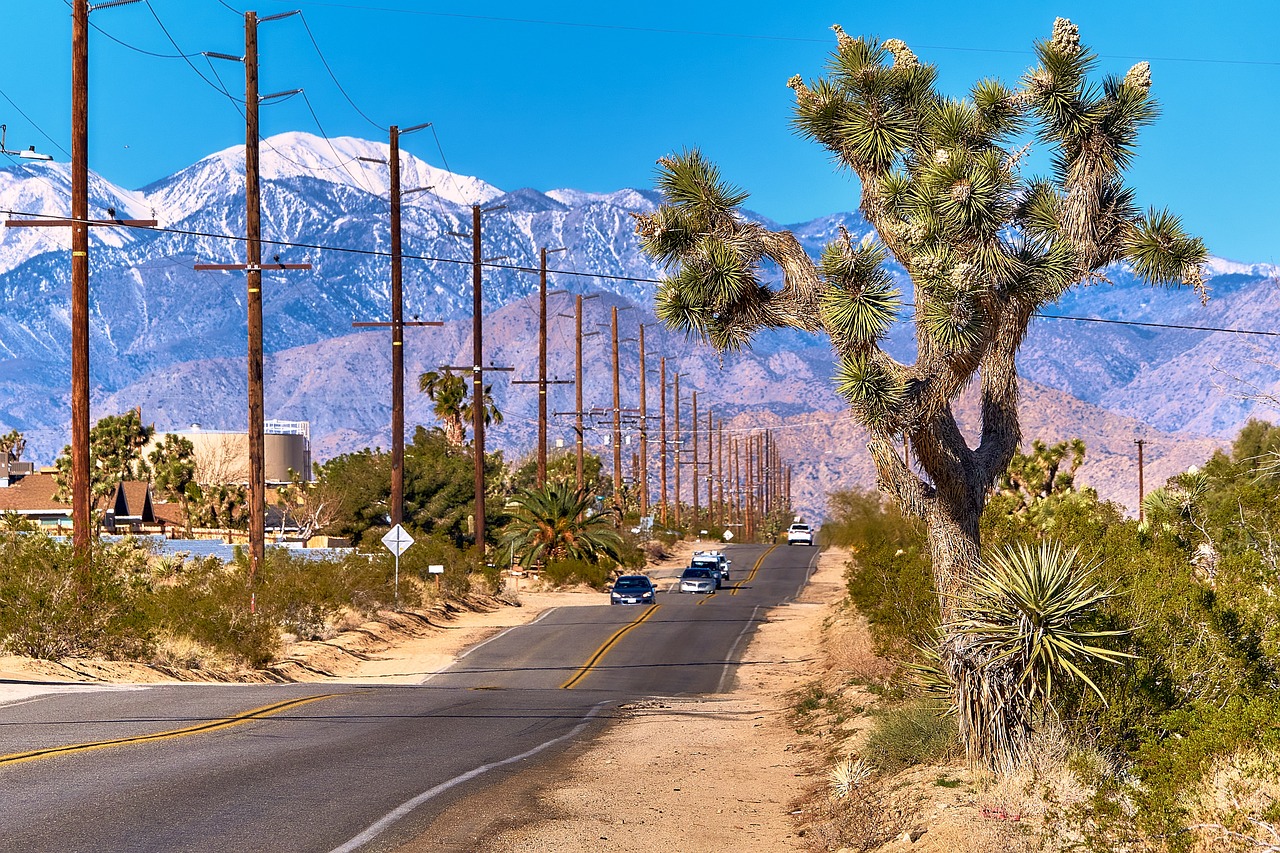Exploring Sacred Sites: Spiritual Journeys Around the World
The ancient pyramids of Egypt stand as enduring symbols of the monumental achievements of an advanced civilization. These majestic structures, built thousands of years ago, continue to captivate the imagination of people around the world with their impressive size and intricate construction. From the Great Pyramid of Giza, one of the Seven Wonders of the Ancient World, to the smaller pyramids scattered throughout the Egyptian desert, each one holds a story waiting to be unraveled by archaeologists and historians.
The sheer scale and precision of the pyramids’ architecture reflect the sophistication and ingenuity of the ancient Egyptians. Scholars have long debated the methods used to construct these marvels, with theories ranging from the use of ramps to advanced mathematical calculations. While the purpose of the pyramids was primarily for housing the remains of pharaohs and serving as monuments to their legacies, they also served religious and cultural functions within the society of the time. As we continue to uncover the mysteries surrounding these ancient structures, their significance in shaping our understanding of history only grows deeper.
Stonehenge: Mysteries of the Past
Stonehenge, located in Wiltshire, England, is a prehistoric monument shrouded in mystery. The iconic stone circle is thought to have been constructed over 4,000 years ago, yet the purpose behind its creation remains a subject of speculation among historians and archaeologists. The massive stones, some weighing up to 25 tons, were quarried and transported using techniques that continue to baffle experts to this day.
The alignment of Stonehenge with the movements of the sun and the moon has led many to believe that it served as an astronomical observatory or a religious site. The intricate layout of the stones and the precise positioning of the monument suggest a high level of sophistication in engineering and architectural planning by the ancient builders. Despite years of research and excavation, the true significance and function of Stonehenge are still open to interpretation, adding to its enigmatic allure as one of the most famous ancient sites in the world.
Machu Picchu: Inca Civilization
High in the Andes Mountains of Peru lies the ancient Inca citadel of Machu Picchu, one of the most well-preserved archaeological sites in South America. Believed to have been built in the 15th century, this stunning site offers a glimpse into the advanced engineering and architectural skills of the Inca civilization.
The precise purpose of Machu Picchu remains a subject of debate among historians and archaeologists. Some suggest it served as a retreat for Inca rulers, while others propose it had religious or astronomical significance. Regardless of its original function, Machu Picchu continues to captivate visitors from around the world with its impressive terraces, temples, and panoramic views of the surrounding mountains.
• Machu Picchu is located high in the Andes Mountains of Peru
• It is an ancient Inca citadel believed to have been built in the 15th century
• The site showcases advanced engineering and architectural skills of the Inca civilization
• The purpose of Machu Picchu remains a subject of debate among historians and archaeologists
• Some believe it served as a retreat for Inca rulers, while others suggest religious or astronomical significance
What is Machu Picchu?
Machu Picchu is an ancient Inca citadel located in the Andes Mountains of Peru.
When was Machu Picchu built?
Machu Picchu was built in the 15th century during the height of the Inca Empire.
Why was Machu Picchu built?
The exact purpose of Machu Picchu is still debated among historians, but it is believed to have served as a royal estate or religious site for the Inca rulers.
How was Machu Picchu constructed?
Machu Picchu was built using massive stone blocks that were cut and transported to the site from nearby quarries. The stones were then fit together without the use of mortar, a technique known as dry-stone construction.
Is Machu Picchu a UNESCO World Heritage Site?
Yes, Machu Picchu was designated a UNESCO World Heritage Site in 1983 for its cultural and historical significance.
Can visitors explore Machu Picchu?
Yes, visitors can explore Machu Picchu and walk along its ancient pathways, temples, and terraces. However, there are restrictions in place to protect the site from damage.
How can I get to Machu Picchu?
The most popular way to reach Machu Picchu is by taking a train from the nearby town of Ollantaytambo or by hiking the famous Inca Trail.





